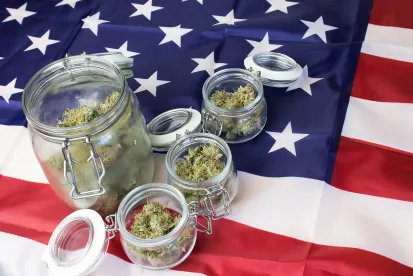It was April Fools’ Day, but it was not a joke. On April 1, the U.S. House of Representatives voted to legalize marijuana. The bill, dubbed the MORE Act, was passed mostly along party lines by a vote of 220-204. Just three Republicans voted in favor and two Democrats opposed.
If the MORE Act becomes law, it would deschedule marijuana by removing it from the list of federally banned drugs under the Controlled Substances Act. Marijuana products would be subject to a federal excise tax, starting at 5% for the first two years after enactment and rising to 8% by the fifth year of implementation. An “Opportunity Trust Fund” would be created, where half of the tax revenue would support a “Community Reinvestment Grant Program,” ten percent would support substance abuse programs, and forty percent would go the federal Small Business Administration to support implementation of a newly created equitable licensing grant program. Marijuana producers and importers would need to obtain a federal permit, and they would also need to pay $1,000 per year in federal taxes for each premises they operate.
The MORE Act, however, is expected to fail in the Senate. Partly because of the politics, but also because the Senate has its own comprehensive bill on marijuana reform called the Cannabis Administrative and Opportunity Act (the “CAO Act”), which is set to be reintroduced later this month following several months of public comment and revisions. As opposed to the MORE Act, the CAO Act would impose a 25% excise tax on marijuana products. The gap, experts suggest, is too wide, creating what seems will be an inevitable deadlock, and another year of failed reforms.



 />i
/>i
